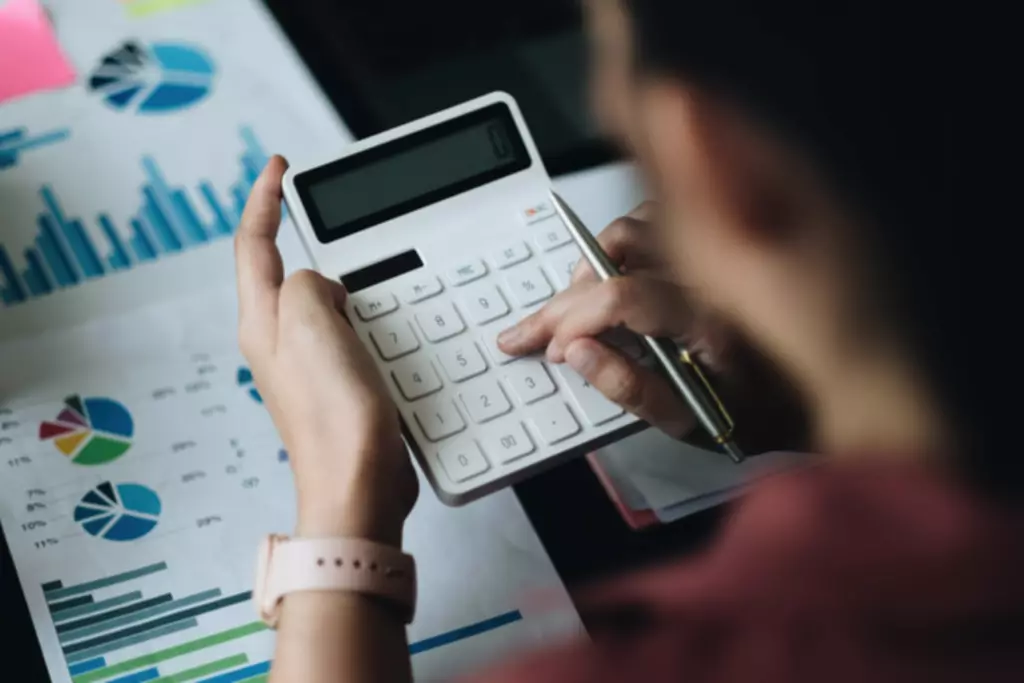Content
Mary Girsch-Bock is the expert on accounting software and payroll software for The Ascent.
- It also facilitates the calculation of important financial ratios like the quick, current, and cash ratios.
- A bank statement is often used by parties outside of a company to gauge the company’s health.
- While in the case of an unclassified balance sheet, no such bifurcation of components is made.
- This classification is particularly important to investors and creditors outside of the business who generally look to a classified balance sheet in order to make informed decisions regarding investing or loan approvals.
- Additional paid-in capital or capital surplus represents the amount shareholders have invested in excess of the common or preferred stock accounts, which are based on par value rather than market price.
Classified balance sheets function like regular balance sheets in that they allow you to track liabilities, assets, and equities. However, the information is classified into subcategories of accounts for more detailed information. Employees usually prefer knowing their jobs are secure and that the company they are working for is in good health. Most companies use a straightforward format for the balance sheet, which comes from accounting standards. However, some investors prefer other presentations, such as the classified balance sheet.
What Is a Classified Balance Sheet, and Do You Need One for Your Business?
A classified balance sheet is a financial statement that reports asset, liability, and equity accounts in meaningful subcategories for readers’ ease of use. In other words, it breaks down each of the balance sheet accounts into smaller categories to create a more useful and meaningful report. Designed to show what a business owns, what it owes, and what has been invested in the company, the balance sheet, like the income statement and statement of cash flow, is one of the three main financial statements.
A bank statement is often used by parties outside of a company to gauge the company’s health. Banks, lenders, and other institutions may calculate financial ratios off of the balance sheet balances to gauge how much risk a company carries, how liquid its assets are, and how likely the company will classified balance sheet remain solvent. Public companies, on the other hand, are required to obtain external audits by public accountants, and must also ensure that their books are kept to a much higher standard. Balance sheets allow the user to get an at-a-glance view of the assets and liabilities of the company.
Explanation & Format
Liabilities can be classified into current, for those due in less than one year, and long-term, for those due in over one year. The company seems to be strapped for cash because the vast majority of its substantial holdings are in non-liquid assets, specifically patents and subsidiary company stock. To determine whether or not this is acceptable, a look at industry standards and an evaluation of the specific assets would be in order. For example, a look at the situation of the subsidiary LMN, whose situation was evaluated in example one, might cause a sigh of relief since, clearly, the subsidiary’s cash situation is ideal. Further analysis of the patent could corroborate this or inspire the opposite.

Without a look at the classified balance sheet, it would have been difficult to assess the company’s situation and determine the points of greatest concern. As you can see, each of the main accounting equation accounts is split into more useful categories. This format is much easier to read and more informational than a report that simply lists the assets, liabilities, and equity in total. This is your opportunity to group and analyze sections of financial data that are most relevant to your success. Within these classifications, you then assign particular accounts that correlate with the type of asset, liability, equity, or investment.
What Are the Types of Financial Ratios Used to Analyze Financial Performance?
Long term assets take longer than one year to consume and long term liabilities take longer than one year to pay. Examples of long term assets include real property, commercial equipment and machines. Long term liabilities include notes on assets, interest expense on loans and large business credit card balances. The results reveal the company is in a very strong financial position and can easily meet all of its liabilities with its current asset base. The other assets section includes resources that don’t fit into the other two categories like intangible assets.
The classifications used will vary depending on the type of business you own, and there is no one way to format a classified balance sheet properly. The chart below lists common balance sheet classifications and examples of the balance sheet accounts that are included in each classification. A balance sheet is a financial statement that displays the total assets, liabilities, and equity of your business at a particular time. Managers can opt to use financial ratios to measure the liquidity, profitability, solvency, and cadence (turnover) of a company using financial ratios, and some financial ratios need numbers taken from the balance sheet. When analyzed over time or comparatively against competing companies, managers can better understand ways to improve the financial health of a company. A company usually must provide a balance sheet to a lender in order to secure a business loan.
AC Risk Management increases financial efficiency by 400% with accounting automation and custom reporting
Again, the balance sheet would be unchanged except for the equity section; the equity section would be divided into separate accounts for each partner (representing each partner’s residual interest in the business). A classified balance sheet is important because it provides a snapshot of a company’s financial position. This information can be used by investors, creditors, and other interested parties to make informed decisions about whether to invest in or lend to the company.

Smaller businesses typically use an unclassified balance sheet, but if you’re looking for a report that provides the same data in a more detailed format, you’ll want to prepare a classified balance sheet. The financial statement only captures the financial position of a company on a specific day. Looking at a single balance sheet by itself may make it difficult to extract whether a company is performing well. For example, imagine a company reports $1,000,000 of cash on hand at the end of the month. Without context, a comparative point, knowledge of its previous cash balance, and an understanding of industry operating demands, knowing how much cash on hand a company has yields limited value.
Classified balance sheet
When the balance is a net loss, it is subtracted from stockholders’ equity. Unclassified balance sheets make it easy to access all of your short-term and long-term financial reports all in one place. Unclassified balance sheets are quick to draft up and can provide easily accessible information for balance sheet accounts. A balance sheet is a statement of a business’s assets, liabilities, and shareholders’ equity. Balance sheets offer a snapshot of your business assets and any debts that it owes, as well as the amount invested by the owners. The classified balance sheet is important because it provides interested parties with the means to analyze key company metrics like the quick, current, and cash ratios.

